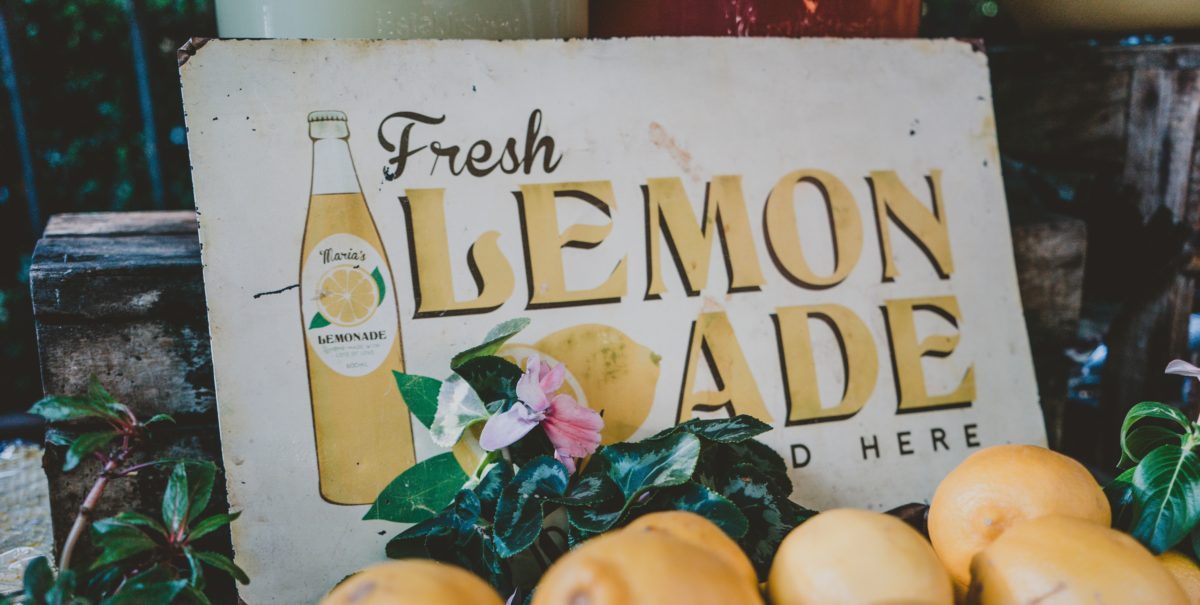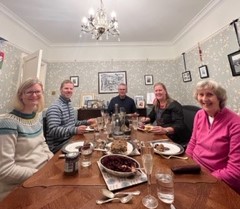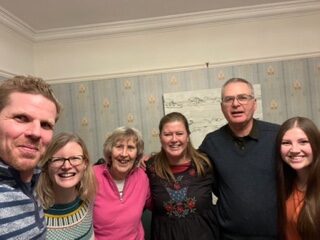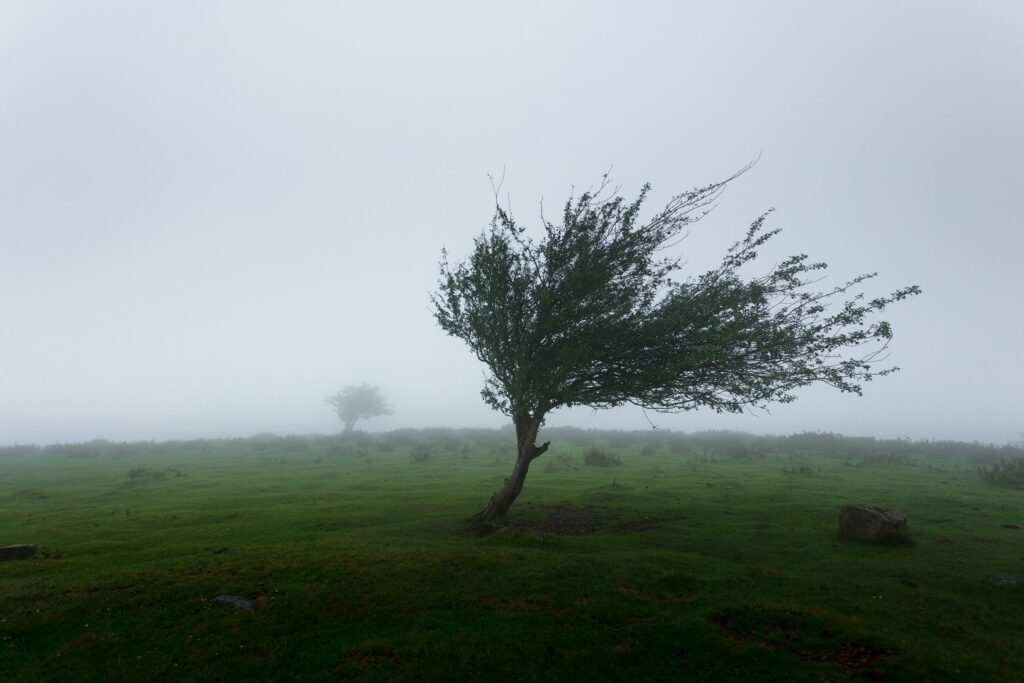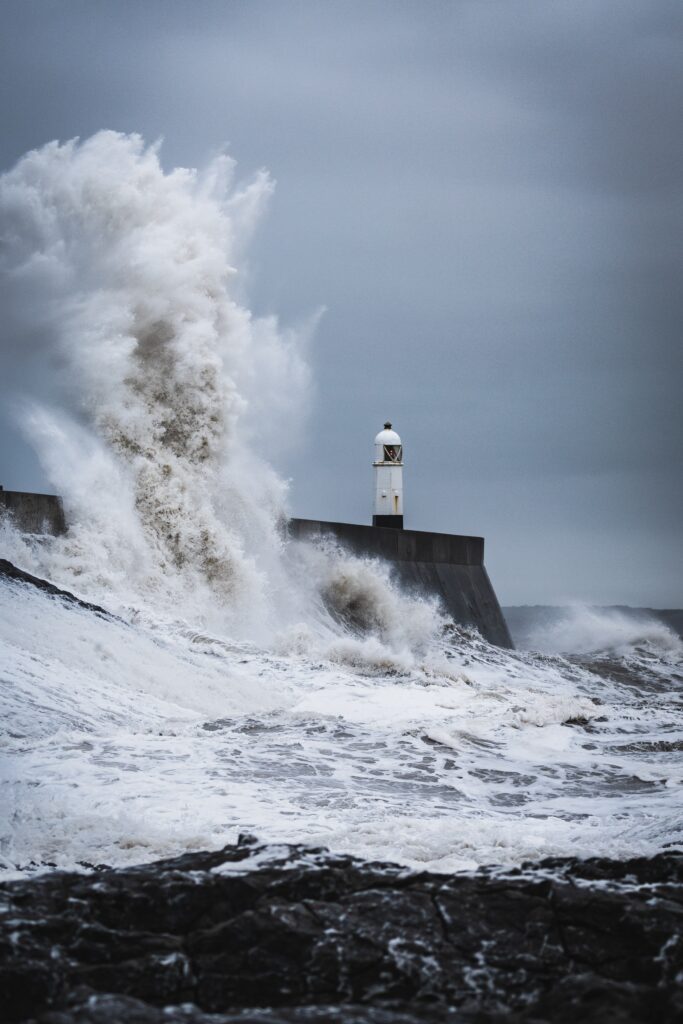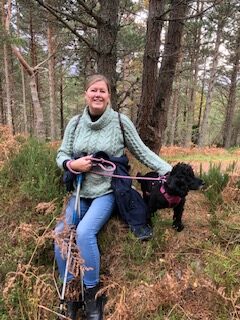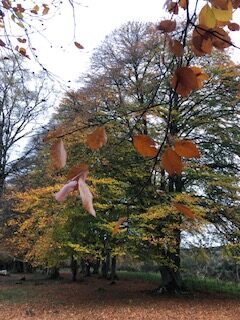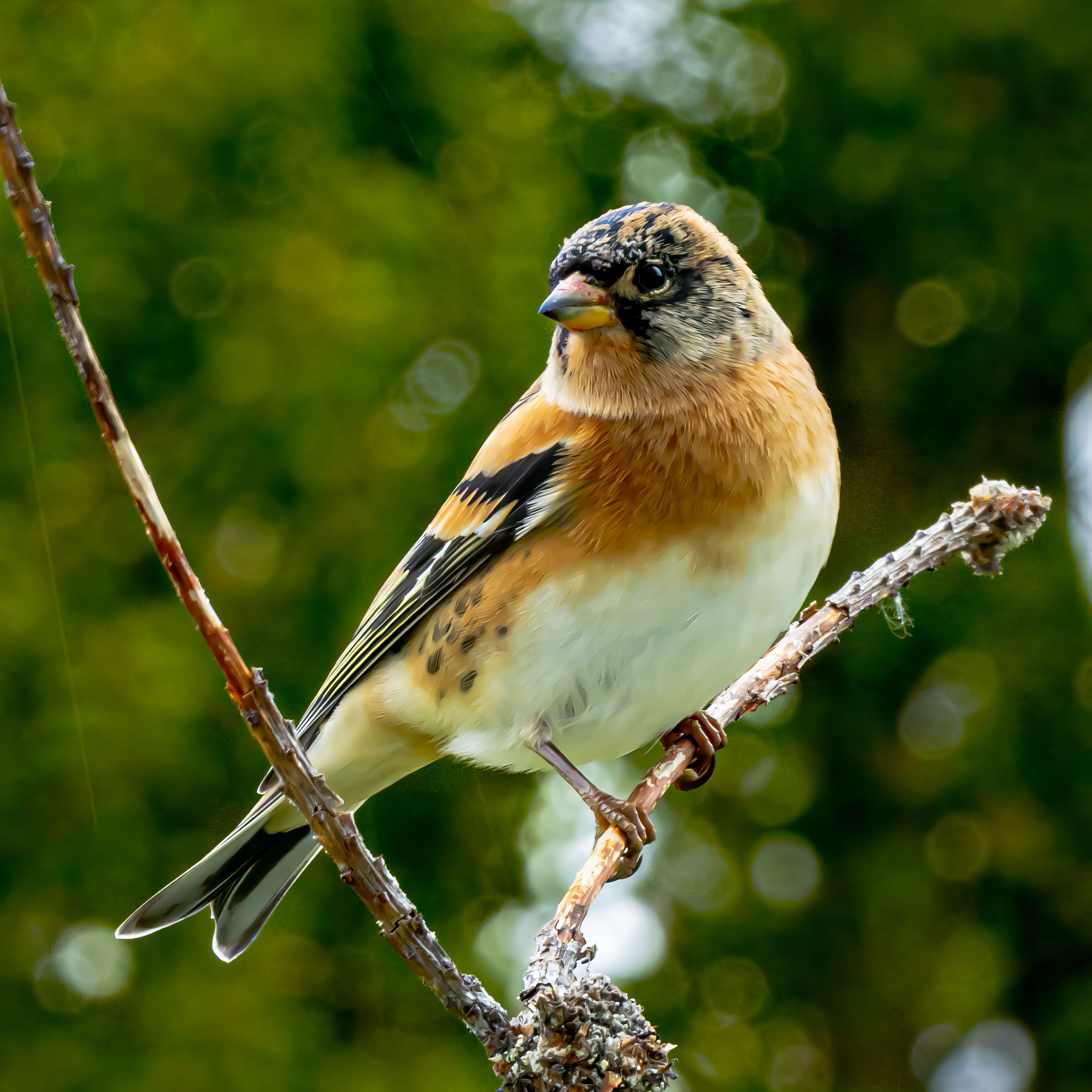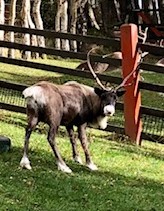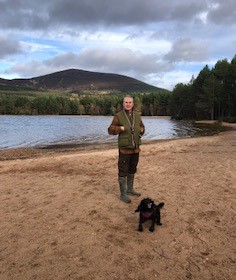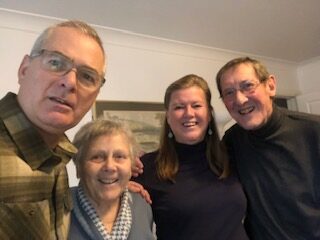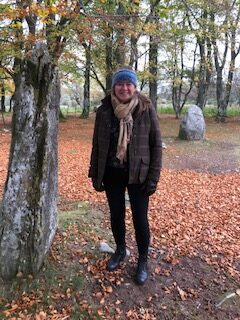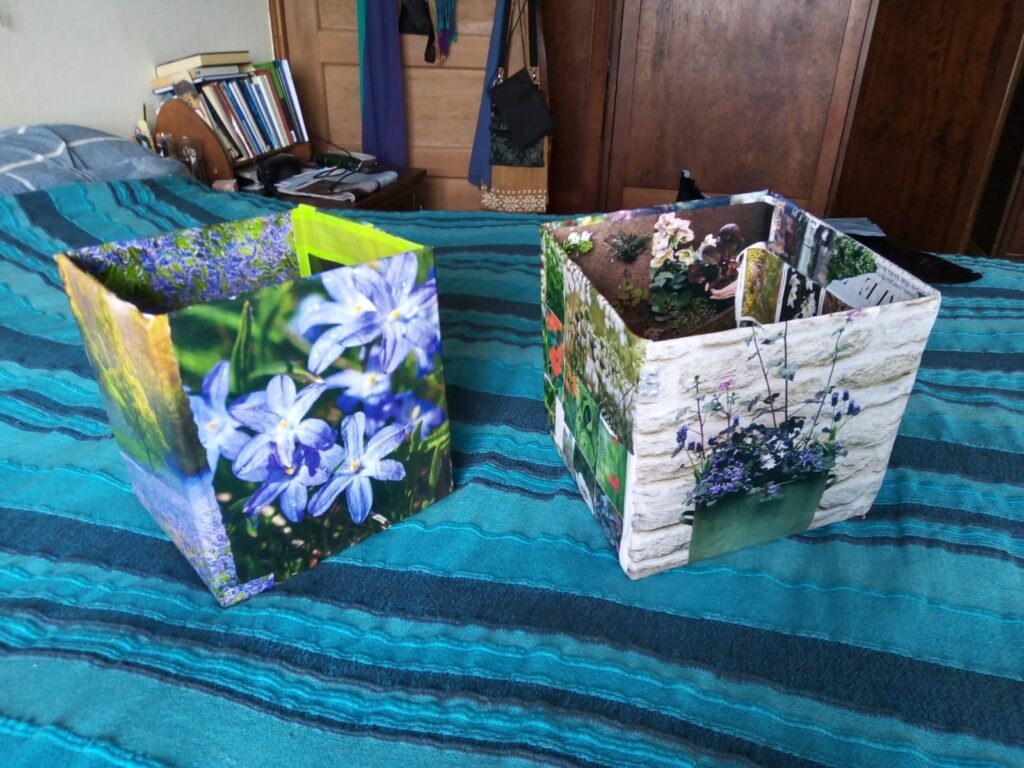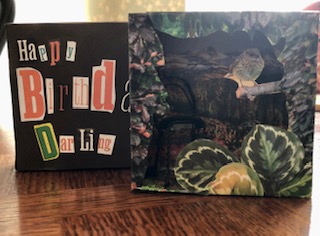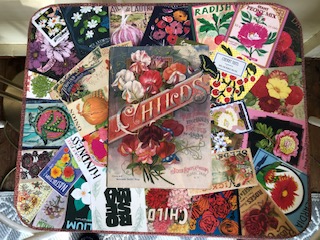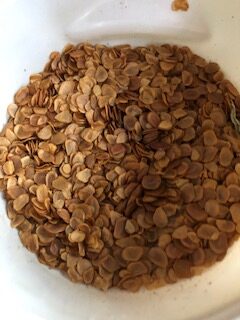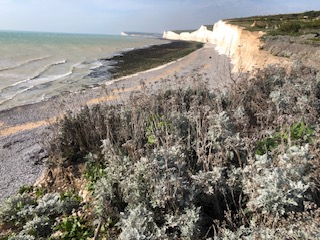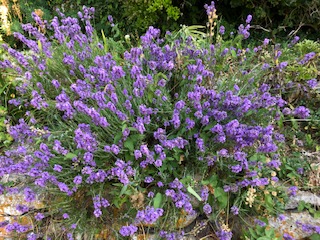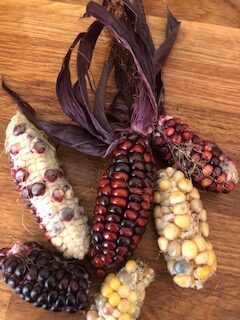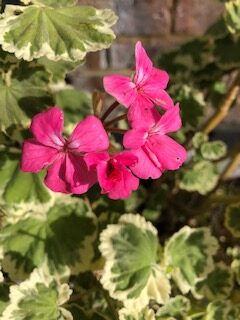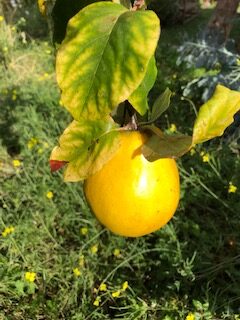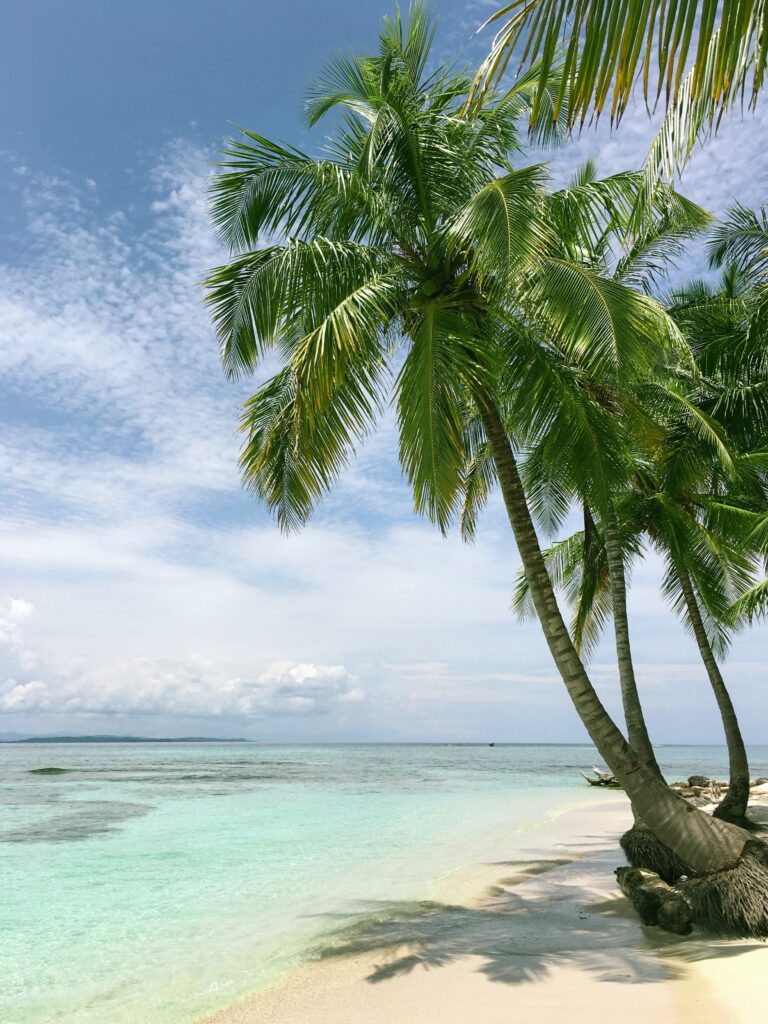Sometimes my ideas for posts come from the strangest places. This one arrived in the mail.
My husband had found a perfect Christmas gift for Mariia, but it had to come from Ukraine. Upon its arrival, she brought it to me puzzled, saying it was addressed to Jeff but had Ukrainian stamps. ‘That’s right,’ I said whisking it away. ‘I’m delighted it’s got here.’ Which is when I noticed the sticker on the back of the envelope.

Image: Karen Costello-McFeat
I doubt I would have thought any more about it except that a few things happened in close order. One was the comment by a chap in the park that the war would be over if the Ukrainians just accepted Russian rule. The second was Macron and Biden’s desire to negotiate with Putin. The third was the underlying rumblings that Ukrainian ‘recalcitrance’ in refusing to back down was causing energy and food supply issues for the West.
The answer I wanted to give all of them was: Be brave like Ukraine!
Since I know that many people share the views above, I’d like to give a little more insight than perhaps is available on the news.
But Ukraine is part of Russia anyway
Unfortunately, this is clearly what the Russians think and I’m sure many others too. Ukraine’s history is a complex one with the region being annexed many times over the centuries. It was home to the Kyivan Rus (Vikings who settled in the area) and was subsequently part of the Polish, Lithuanian, Mongol, Russian and Austro-Hungarian empires.
In 1922, after a brief period of independence, Ukraine became part of the USSR until achieving full independence once more in 1991. This time, the country chose its independence via a democratic referendum. It’s fate was not to be decided by the whims of history, but by the people themselves. And when asked if they wished to become an independent country the answer was an overwhelming yes – with 92.3% in support.
Thirty years on, they clearly wish to remain that way. Russia has deep cultural ties with the area, but I, for one do not believe that trumps a nation’s sovereignty or democratically decided statehood.
For a more in-depth but very easy comprehensible version, please watch the video below.
Time to negotiate?
With the war going on for almost ten months now, there are those who wish to go into negotiations to bring it to an end. Macron seems especially keen and Biden too, given certain provisos. As someone who always prefers peace over war and who is now far too aware of the difficulties and deprivations of those living in Ukraine, I would normally applaud such as progress. Yet the phrase that keeps resounding in my brain is ‘Do not negotiate with terrorists.’
While Russia claims that it feels intimidated by the potential increase in size of of NATO (especially Ukraine gaining membership), its ‘military infrastructure in Europe’ and missiles near its borders (Reuters Dec 5), there is nothing to suggest that Russia has anything to fear from its near neighbours. The contrary, however, cannot be said to be true. Russia has constantly threatened and undermined the individual nationhood of Ukraine with its worst efforts under Stalin who led a state sponsored famine – the Holodomor – resulting in almost four millions deaths. Russia’s invasion is just one incident in a line of many.
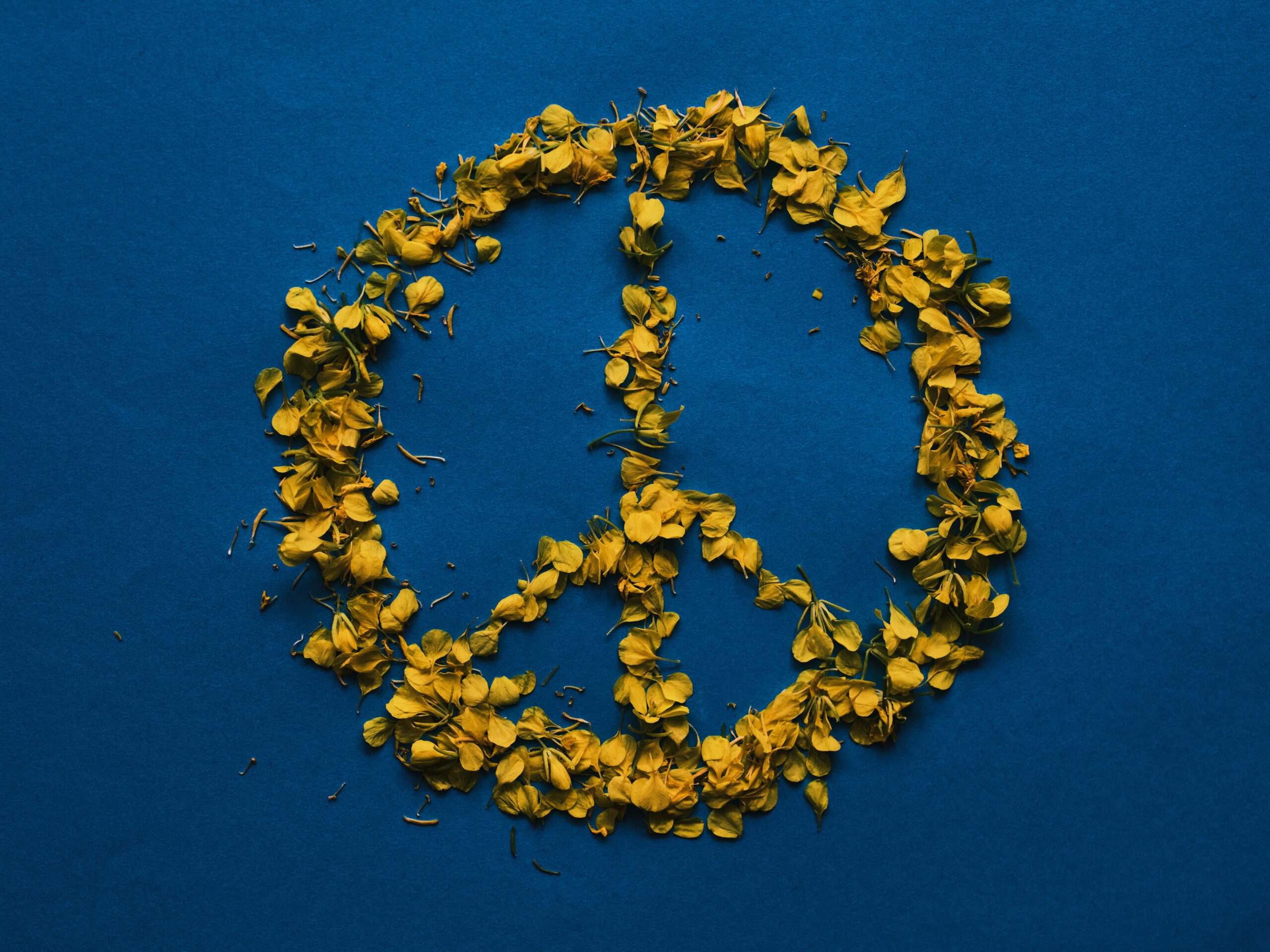
When asked to comment on Putin’s security demands, one of Zelenskiy’s aids replied, ‘The world need security guarantees from Russia.’ (Reuters, 5 Dec). Indeed.
A little inconvenience
There is no doubt that the ongoing war in Ukraine is causing major disruption of energy and food supplies. Ukraine is the number one producer of sunflower oil and a major producer of cereals like maize, barley and wheat. It also is a significant producer of steel, which impacts engineering projects. Further, the conflict has resulted in a steep rise in energy prices, since Russia supplies so much to Europe.
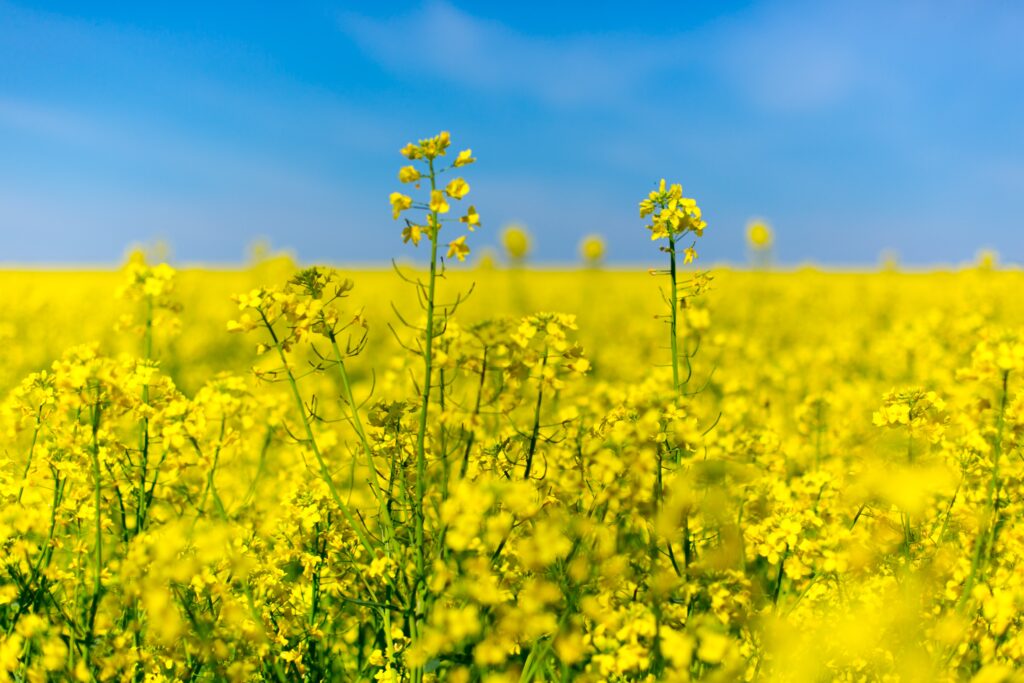
The war will cost all of us – though the poor countries reliant on their grain the most. But for those of us in the UK, we are unlikely to suffer too terribly. I appreciate that for many, the increase in fuel bills will be an unwelcome and perhaps final insult to already stretched finances. I do not underestimate that this winter will be hard for many people.
That said, I cannot conceive of how dire a winter in Ukraine will be. With temperatures regularly plummeting to sub zero, how do you manage without any reliable sources of energy at all? Mariia works regular hours on-line, but her colleagues in Ukraine have to work whenever the electricity supply is turned on and they are not sheltering in basements. She is sending thermal underwear to her parents. They have a generator, but it relies on fuel – and that is in short supply.
So what should we do?
Clearly, we can do little to change the situation in Ukraine, but we can follow their example. If we recognise the bravery and resilience of the Ukrainian people in the face of overt aggression, perhaps we can bring a little more courage in the face of adversity in our own lives. Perhaps, we will not be able to fulfil all our desires this Christmas, perhaps we will even have to make some sacrifices, but I hope that we can do this with good grace.
Moreover, I hope that we can continue to support the Ukrainian people in their struggle against a wicked regime. We must not let our own inconvenience lead us to falter and perhaps support measures that ease our lives at the expense of the Ukrainians. Being brave has consequences that are not all positive, yet the consequences for appeasement and accommodation in the long term are far, far worse.
